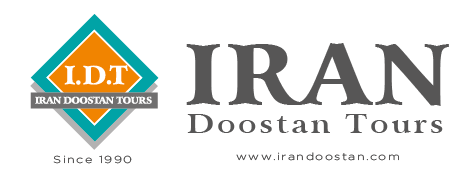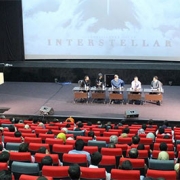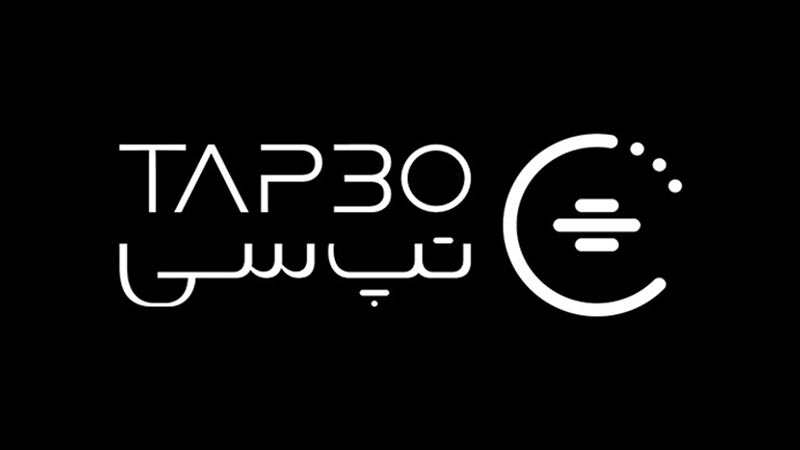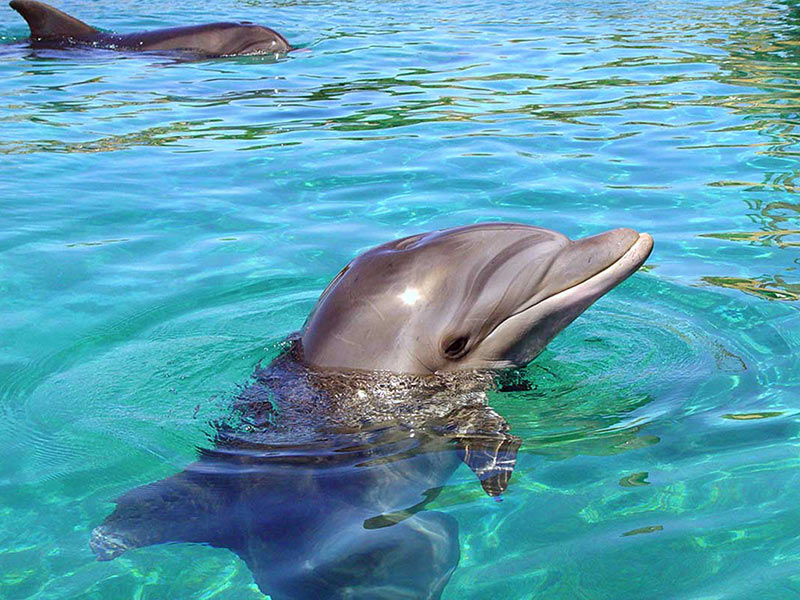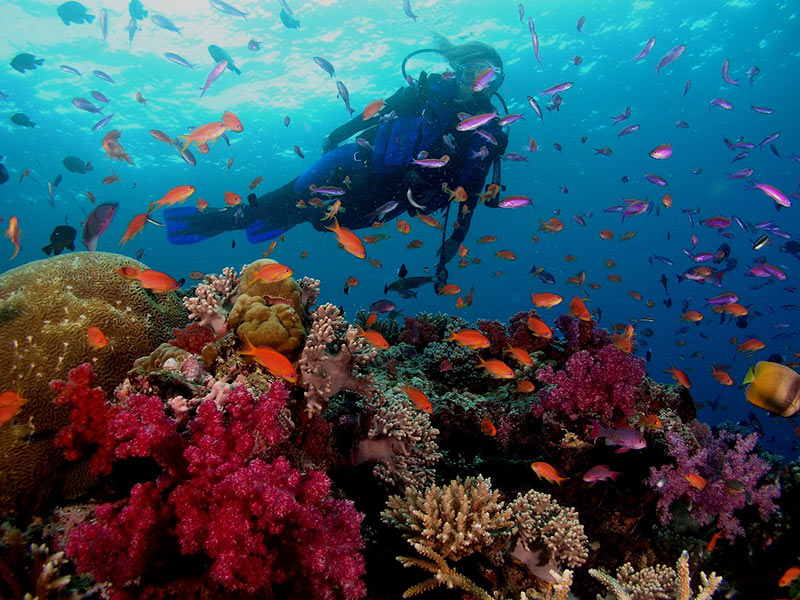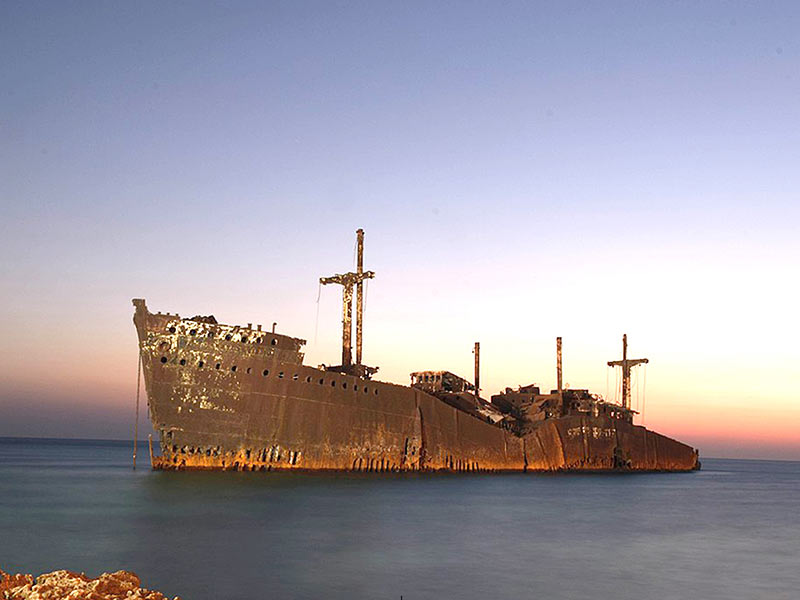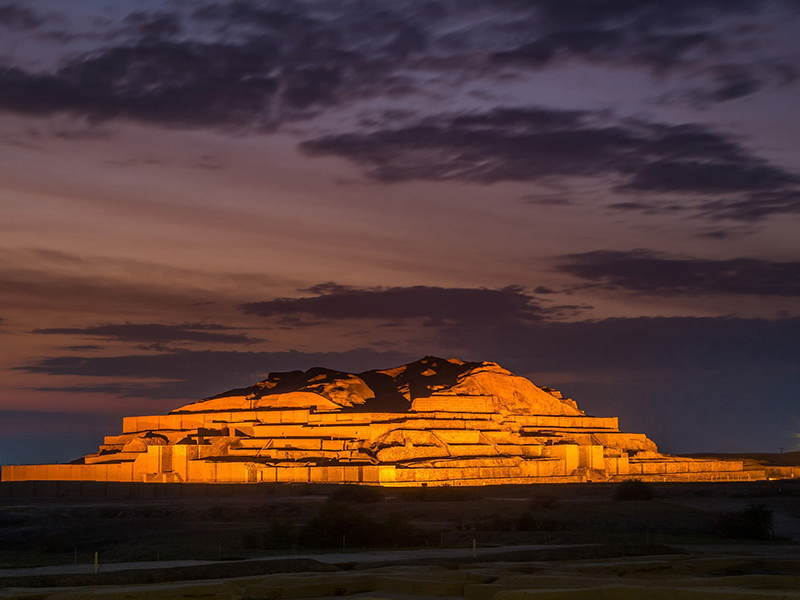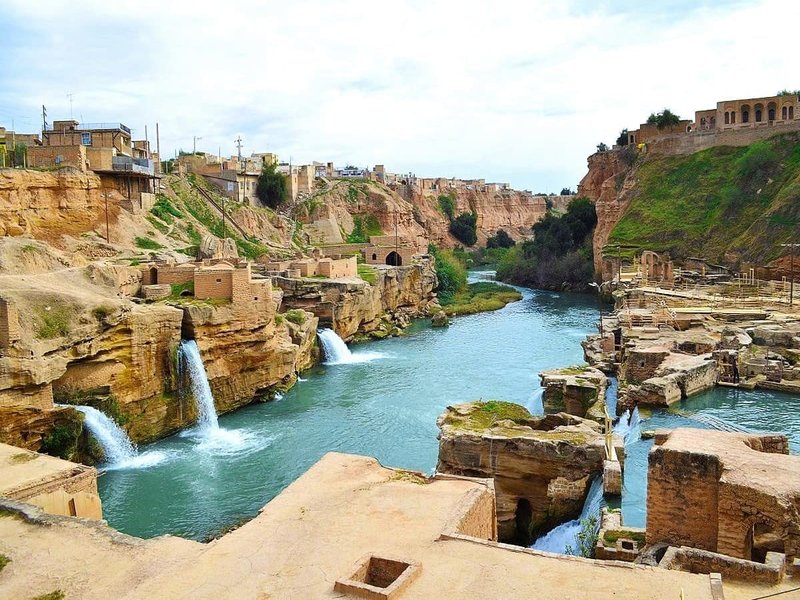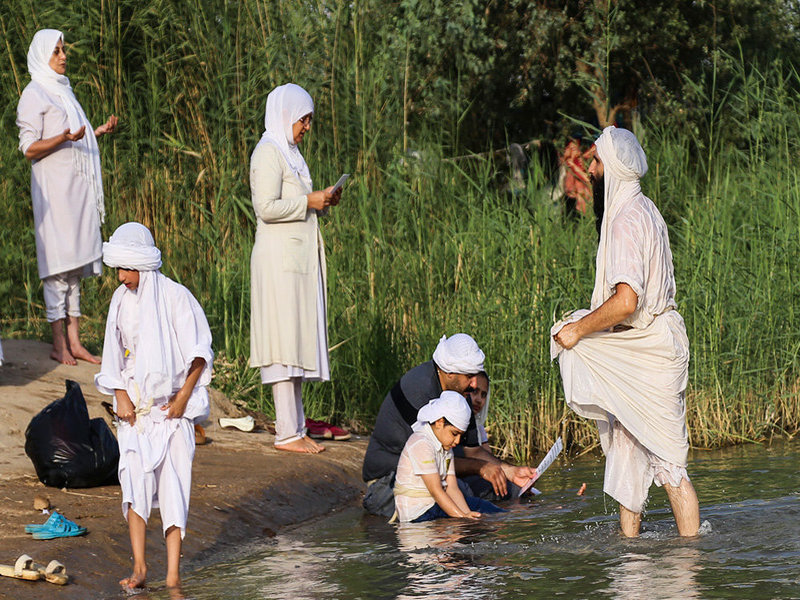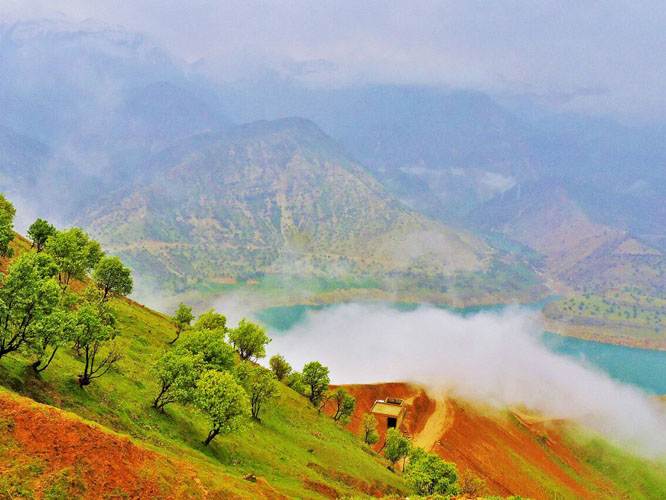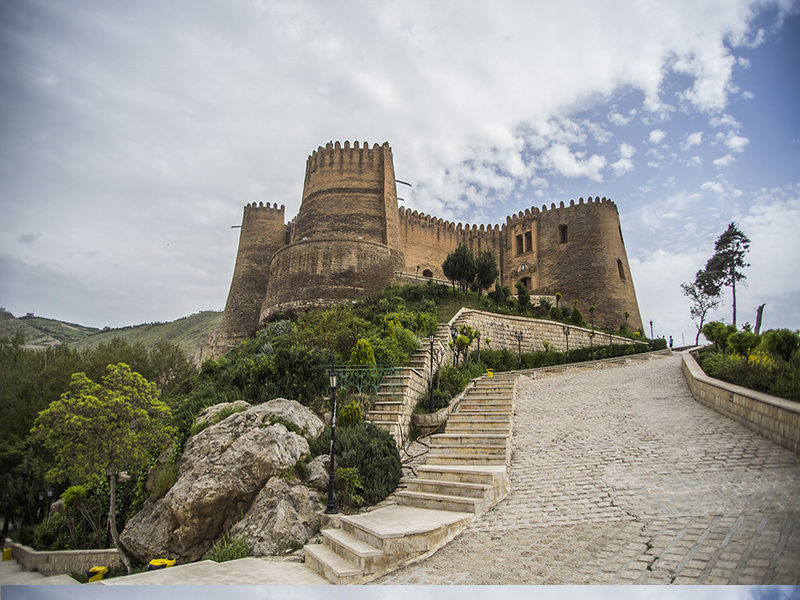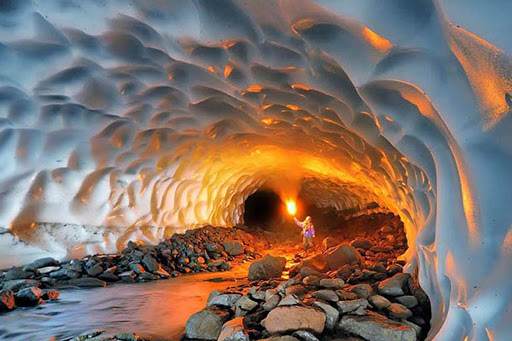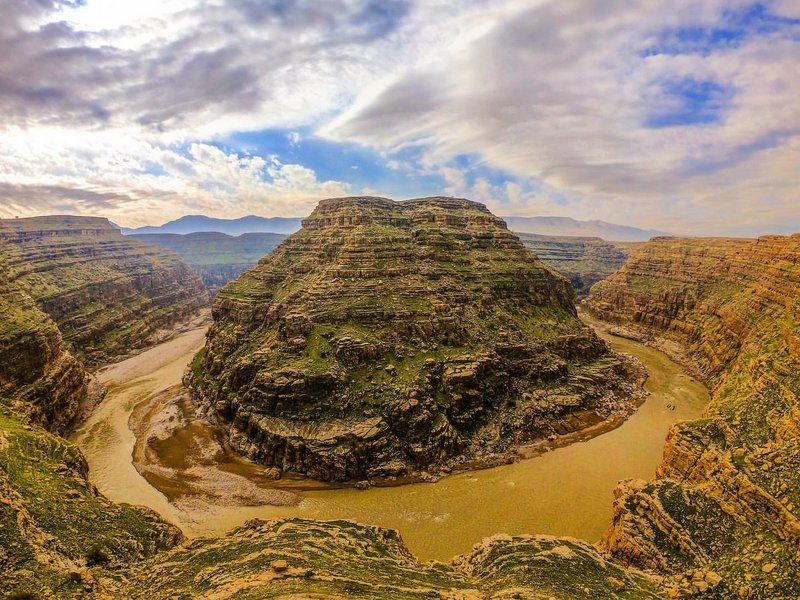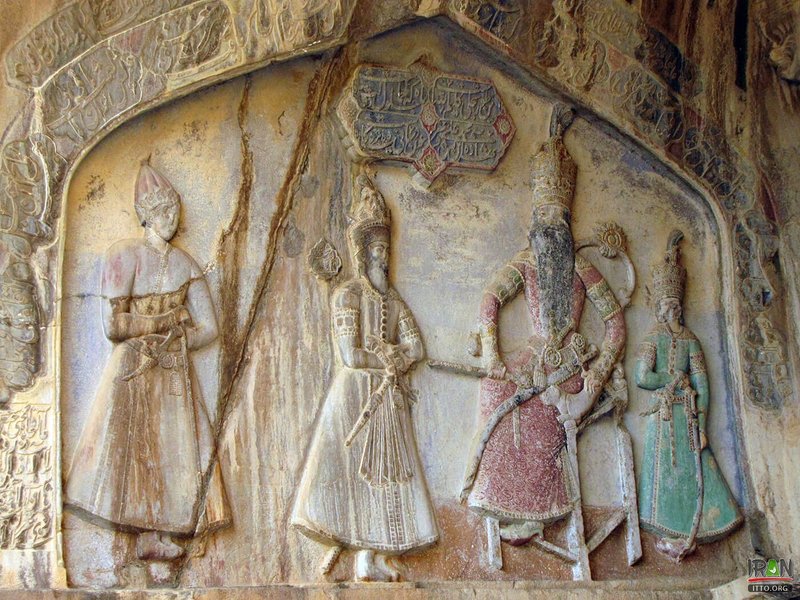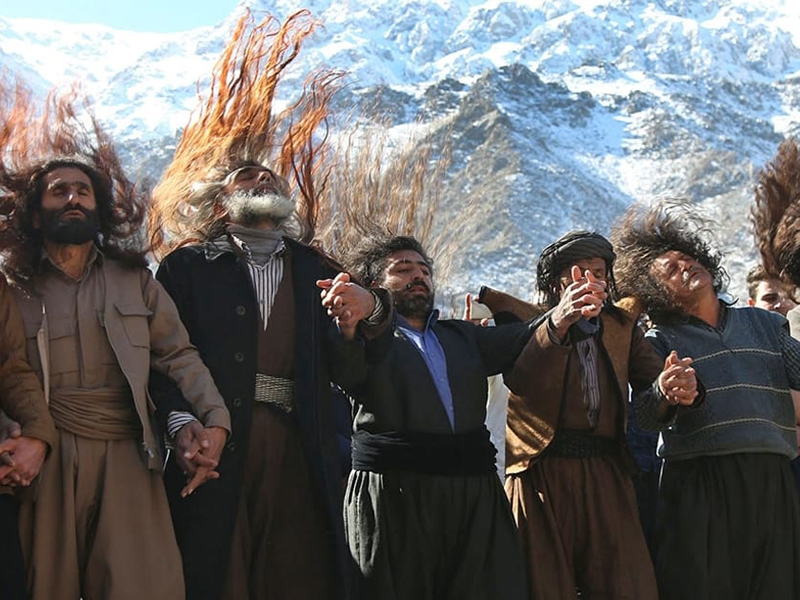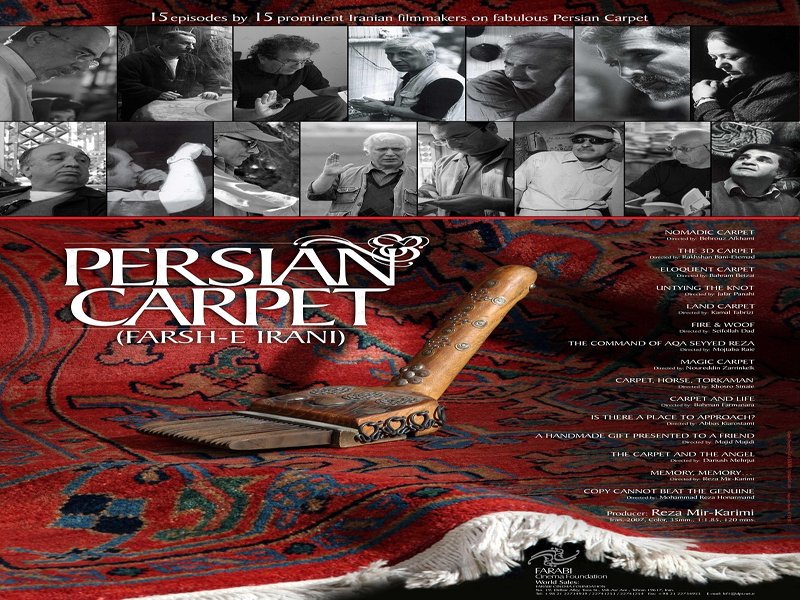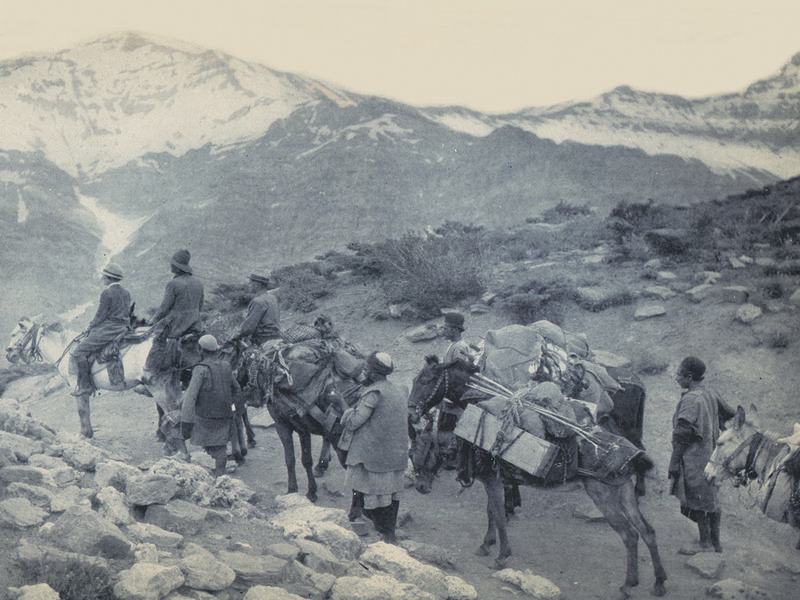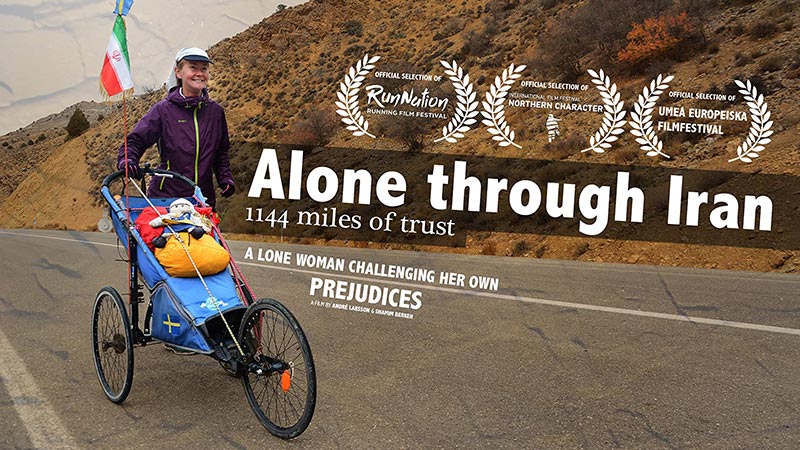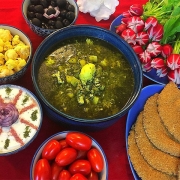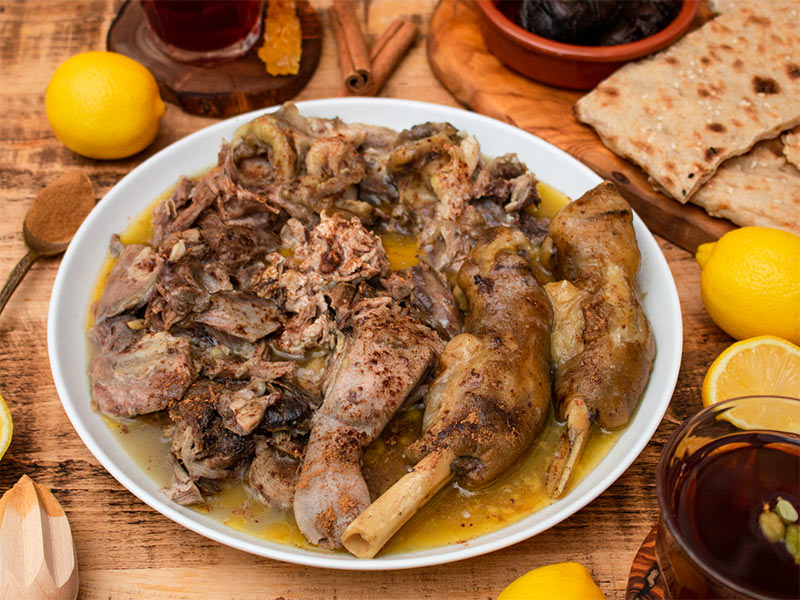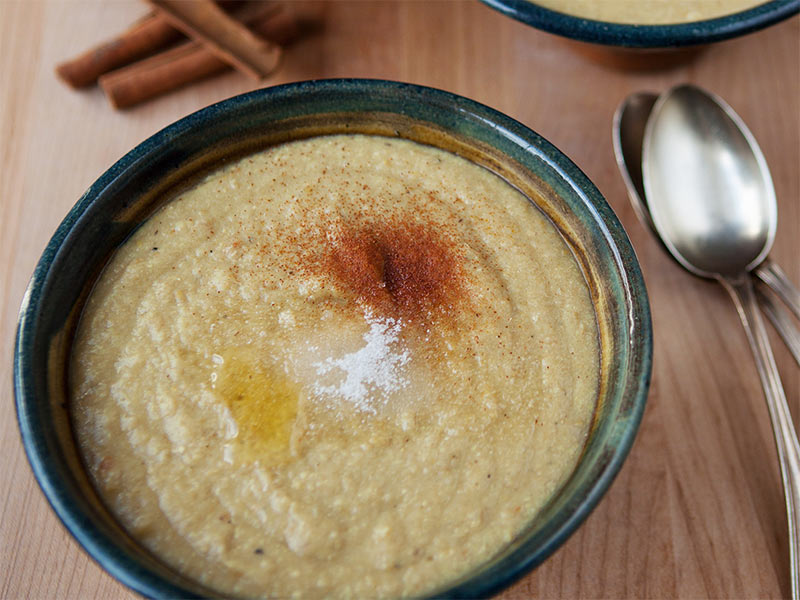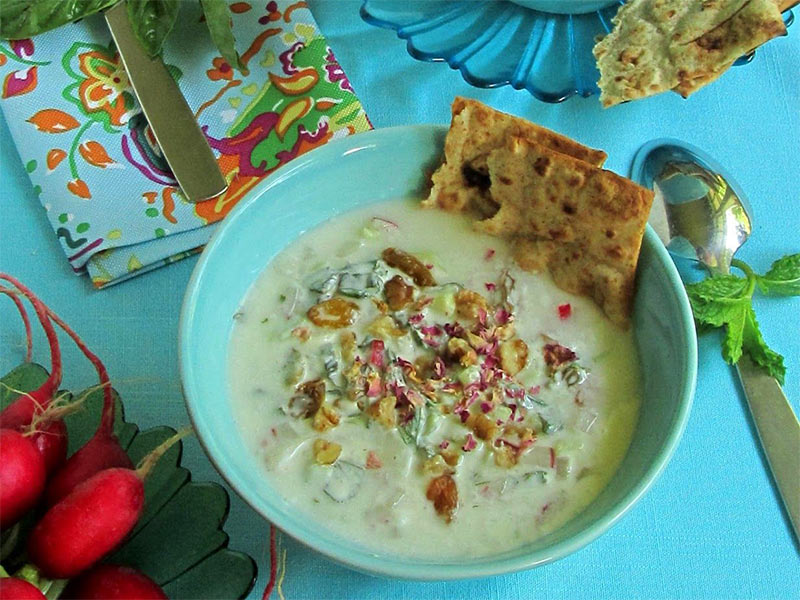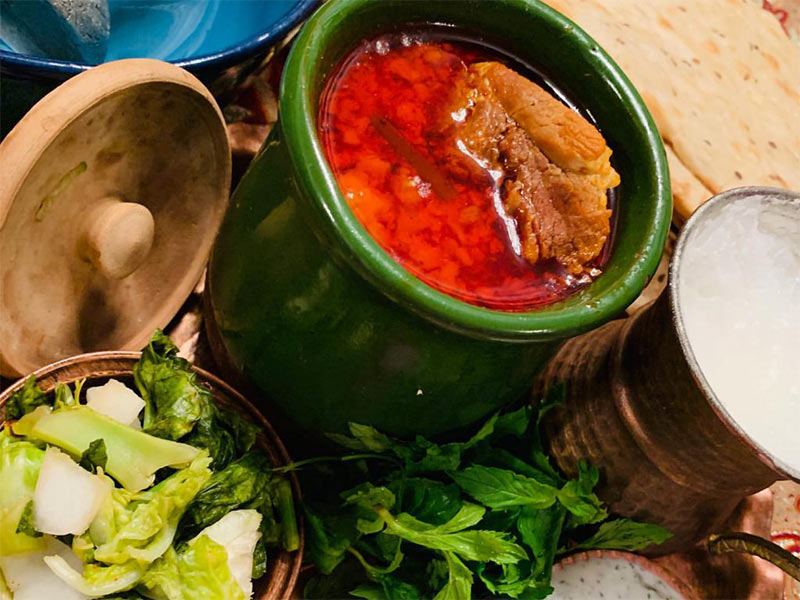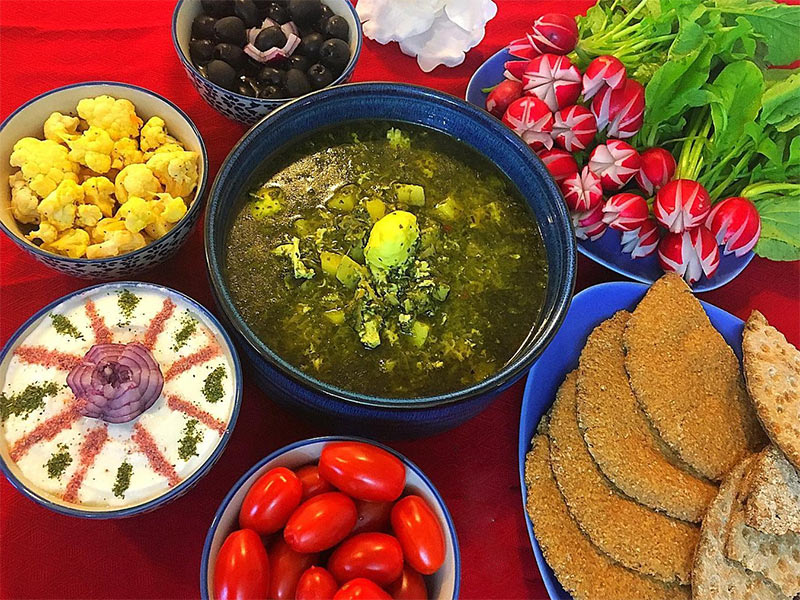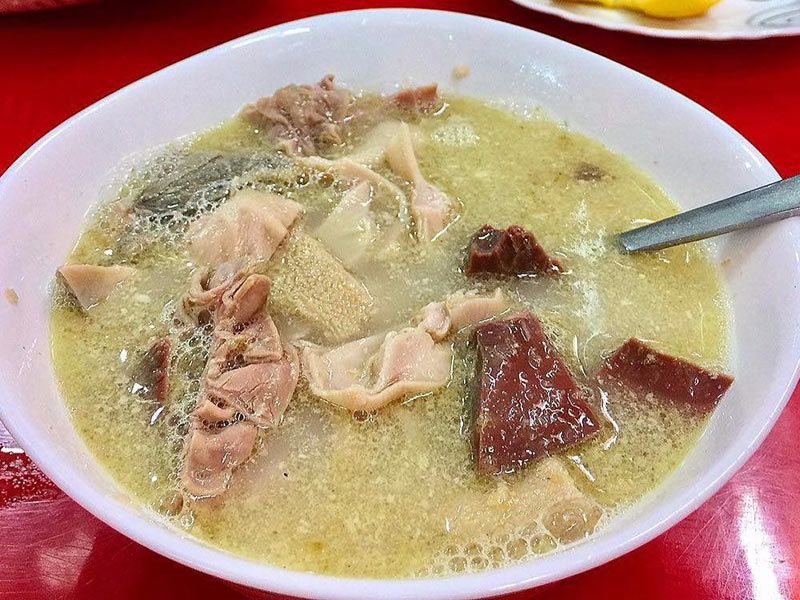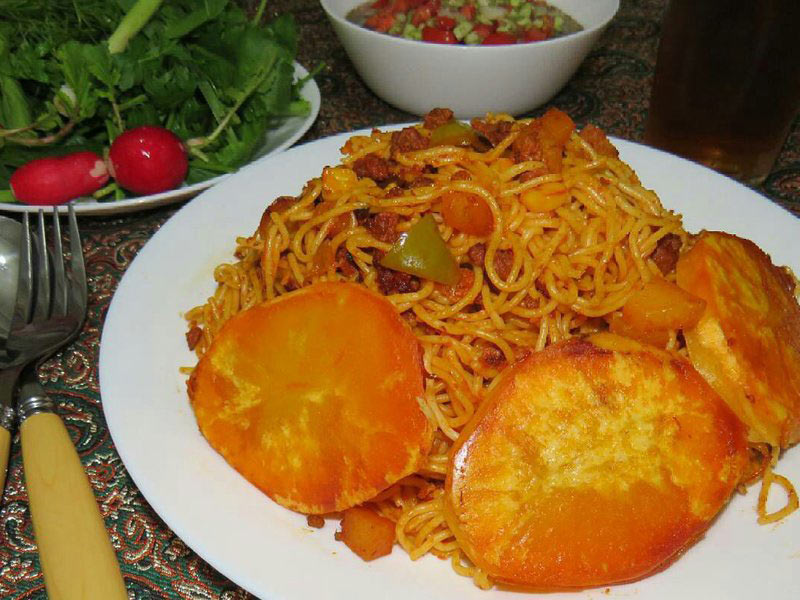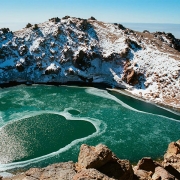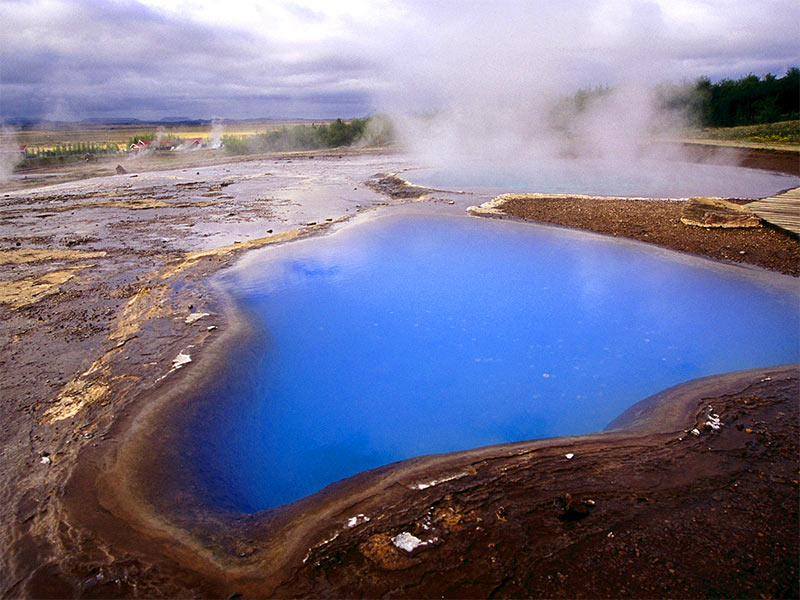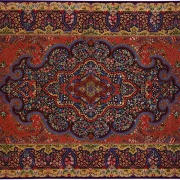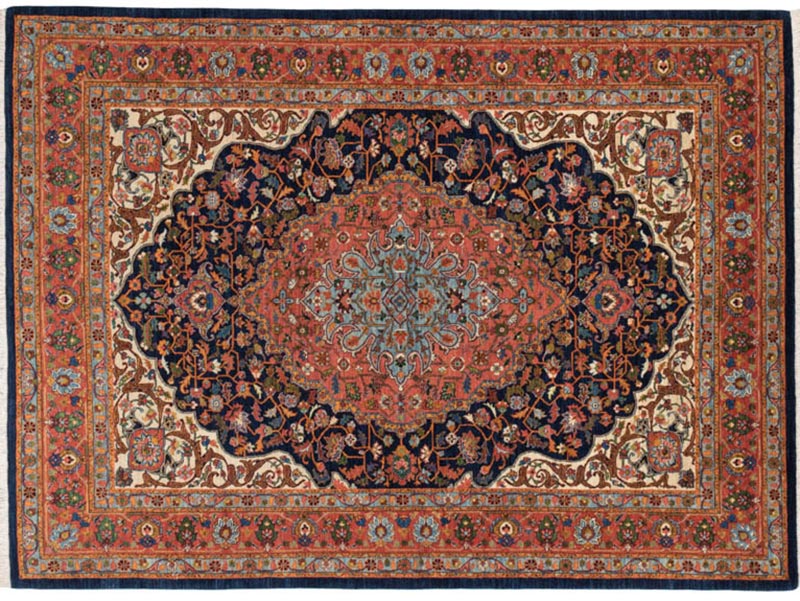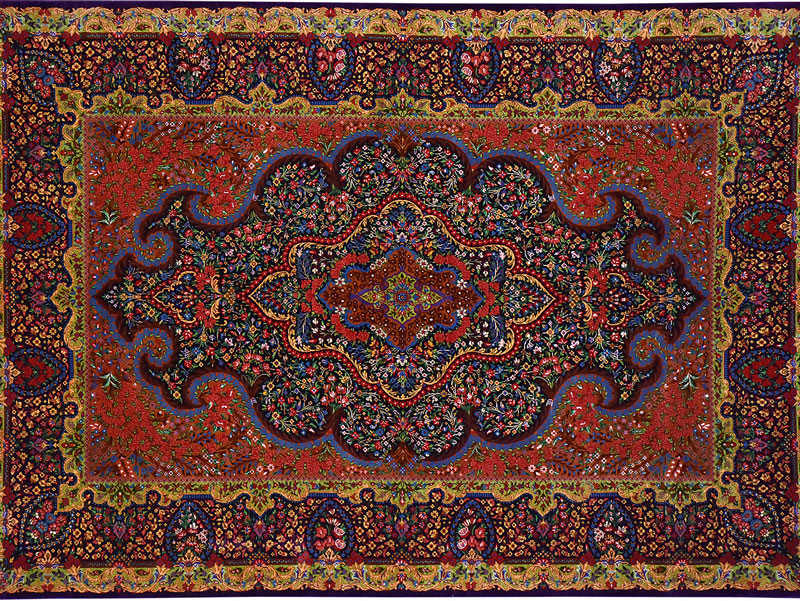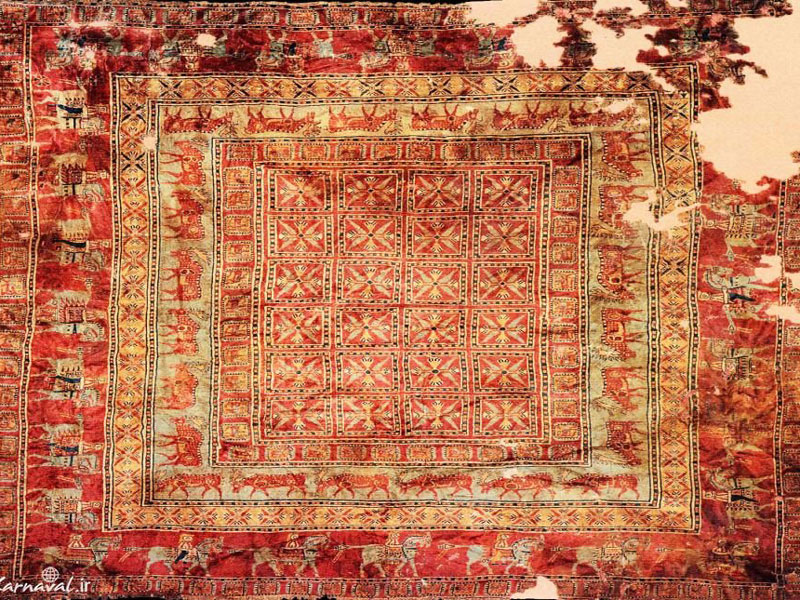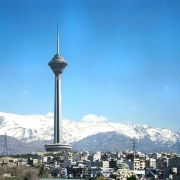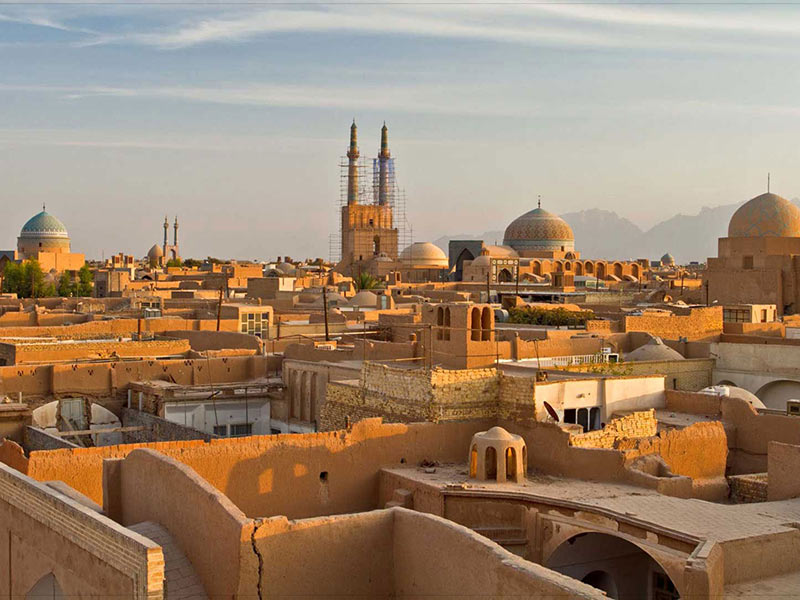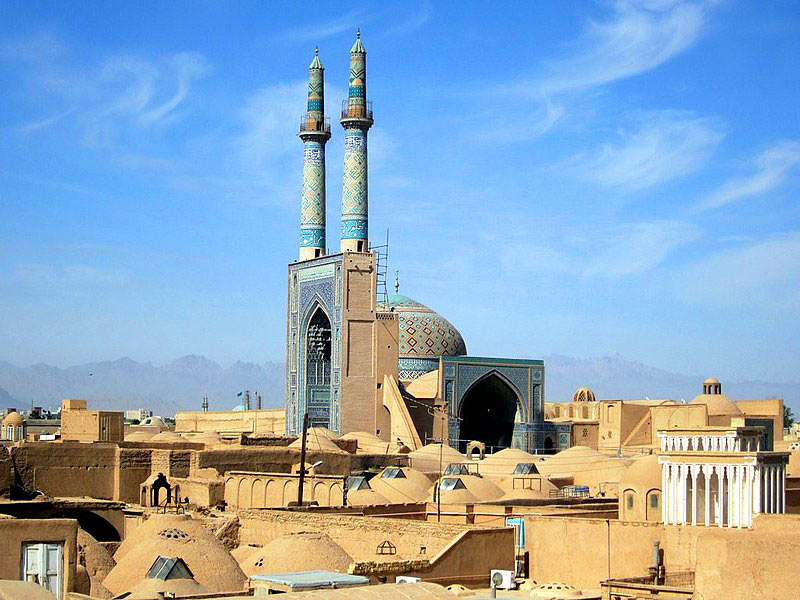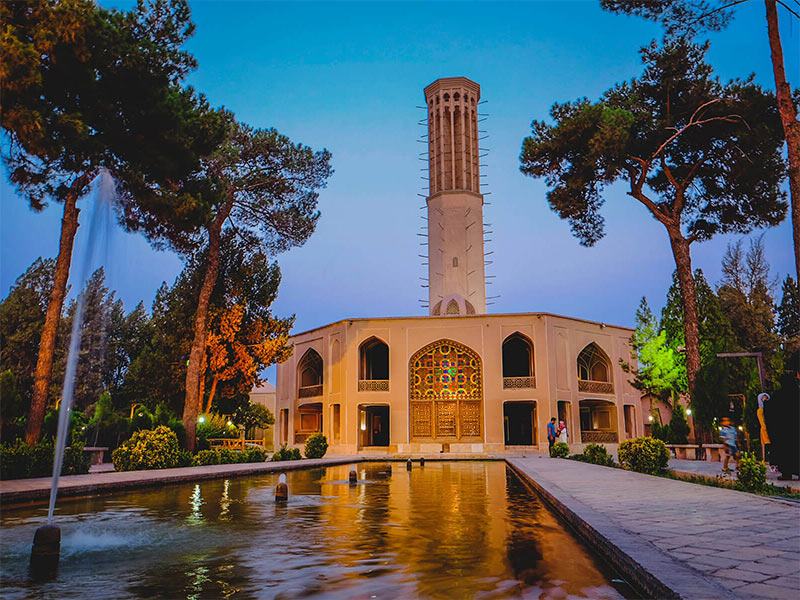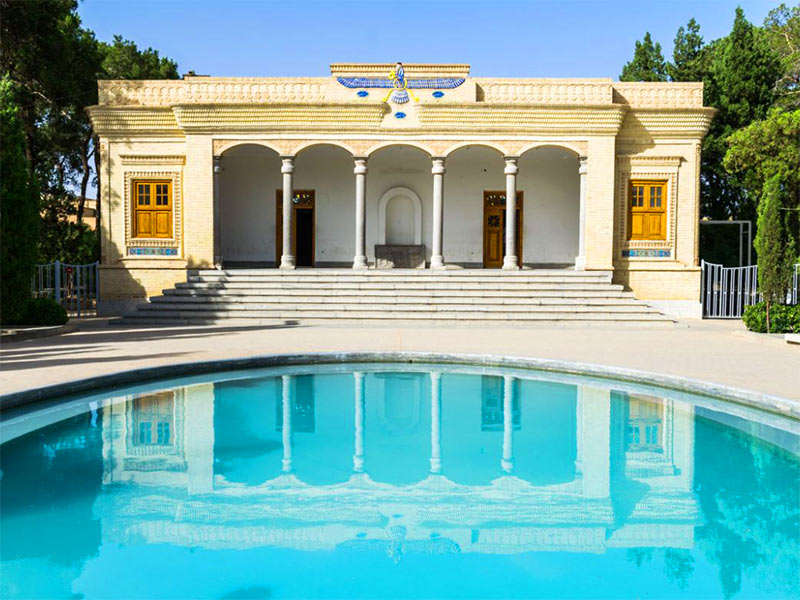Having been the capital of Iran for 225 years, its unique geographical location and outstanding customs and traditions have made Tehran a worthy destination to visit. The great capital of Iran, Tehran, is a unique location and a favorite destination for a lot of travelers. Being the capital of Iran, Tehran is home to many attractions and tourist sites. Tehran offers a lot of things when it comes to sightseeing and visiting new places. From old museums to modern sights, jungles, and mountains, the city of Tehran has a slice of everything for its visitors. You can see a lot of attractions if it is your first time traveling to Tehran, and if it is not your first time, there are still a lot of things left to do in this amazing city. Keep up with Iran Doostan to know about Things to do in Tehran.
Milad Tower is Iran’s tallest tower which plays the role of Tehran’s representative in the modern world. The tower was built in 2008 and it was named Milad to mark the centennial birthday of Imam Khomeini. As a result of its interesting characteristics, the Milad Tower became a tourism symbol and cultural center. This multi-purpose telecommunication and broadcasting tower covers an area of 12 thousand square meters in Tehran. The tower’s head structure is considered the biggest telecommunications tower head structure in the world.
The tower contains five main parts of the foundation, lobby structure, shaft, head structure, and an antenna mast. What shines through in the 6-story lobby is the unique arch-shaped concrete ceiling which its geometric design represents an ornamental pattern of the Iranian knot. Inside this amazing tower, you will find an open observation deck, a VIP restaurant, a public art gallery, and a revolving restaurant, all these sections attract visitors and tourists with a variety of tastes and preferences. The cultural and social complex of Milad Tower provides a welcoming atmosphere for the tourists and enthusiasts of cultural activities in its various parts such as the conference center, tourist areas, cinema and museum, coffee shops, exhibition, sports facilities, 5-star hotels, and commercial and administrative centers.
You can start your trip to Milad Tower by riding bikes or carriages, looking around shops, and buying souvenirs for your family and friends, you can also participate in special events and concerts. Enjoy a movie at the cinema and have a meal at the revolving restaurant and maybe take a look at the Dolphinarium.
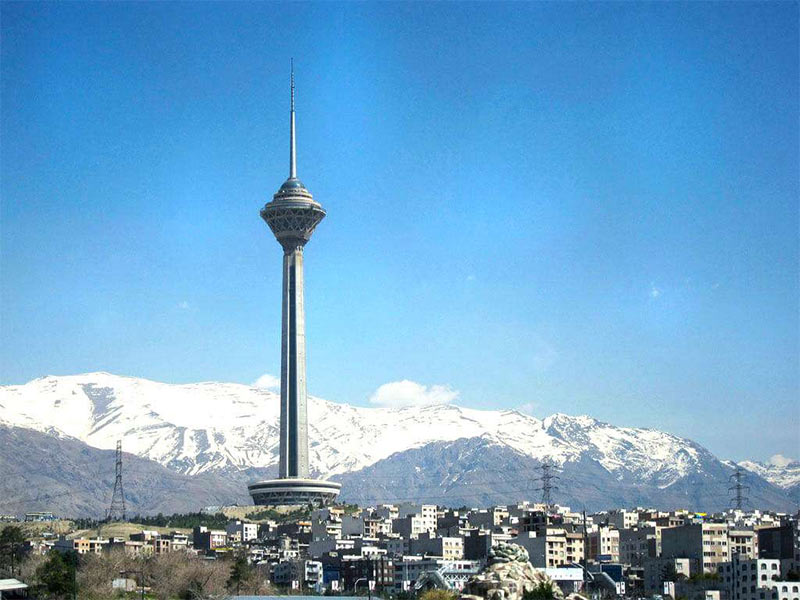
Things to do in Tehran – Milad Tower is the symbol of modern Tehran.
Milad Tower is located between highways Chamran, Hemmat, and Hakim and is among the best Tehran tourist attractions. If you decided to drive to the tower, you need to know that each of the highways has a convenient exit to Milad Tower, so you can get there from any part of the city. There is also a bus stop named “Milad Hospital Station” next to Milad Tower, you can take a city bus that passes that station.
Opening hours: Every day from 9 am – 11 pm
Back in 1969, a competition was planned in order to build up a modern tower for Tehran, and in 1971, the tower was all prepared and ready. After the Islamic Revolution of 1979, the tower and the surrounding square were named Azadi which in Persian means freedom. Azadi Tower is now a modern symbol for Tehran; not only it is a modernized entrance for the latest civilization and tourists, but it is also a memorial for aged locals or guests coming from the west of the city, to be reminded of the history that has occurred there.
The tower’s architecture is a combination of both the Sasanid and the Achaemenid dynasties with modern Islamic architecture. The head of the tower was designed in a way that looks like windcatchers in desert regions of Iran, but it actually acts as an air conditioner for the tower. The skylights on the first and second floors are a simulation of Shamseh’s (sun-like) design in traditional Iranian architecture. The blue colors in the designs and ceramics, as well as the designs between the two arches, invoke memories of the atmosphere of the historical mosques in Iran.
Azadi Tower has three floors, four lifts, and two stairways. It also consists of the Azadi cultural complex, including a museum, library, science hall, Iranian studies hall, gallery, auditorium, and conference hall. The design of the surrounding square around the tower was inspired by Persian gardens, especially the fountains in Fin Garden.

Things to do in Tehran – The tower’s architecture is a combination of both the Sasanid and the Achaemenid dynasty with modern Islamic architecture.
Azadi Tower is located between the Meydan-e Azadi and Ostad Moen stations on the yellow line of the Tehran metro. By choosing any of the lines and some minutes of walking, you will reach Azadi Tower. Or use Bus Rapid Transit (BRT) line #1 which goes from the East of the city to the West, passing Ferdowsi Square, Teatr-e Shahr metro station, and Enghelab Square. You can take a bus from there to the Azadi stop to reach the tower.
Opening hours: Every day from 9 am – 8 pm except Saturdays.
Golestan Palace
Golestan Palace was founded in the Safavid dynasty and survived until now. Qajar kings, who had chosen Tehran as their capital, planned to make the city more majestic for their royal life. Golestan Palace contains mansions and buildings such as Marble Throne (Takht-e Marmar), Pond House (Howz Khaneh), Gallery (Negar Khaneh), Brilliant Hall (Talar-e Brelian), Ivory Hall (Talar-e Adj), Library, Edifice of the Sun (Shams-ol-Emareh), the wind-catcher buildings (Emarat-e Badgir) and its pond; Diamond Hall (Talar-e Almas); White Palace (Kakh-e Abyaz), Tent House (Chador Khaneh), etc. But among all of these buildings, Shams-ol-Emareh shines bright like a diamond.
The edifice of the Sun (Shams-ol-Emareh) was built following an order by Nasser al-Din Shah Qajar. The king wanted a vast view of the capital from his palace, so they’d come up with the idea of a European multi-story building. This is how the construction of the Edifice of the Sun began in 1865 and was completed two years later. The Edifice of the Sun with three floors and two towers on top was built in 1867 and has a mixture of Persian and Western architecture. In addition to the stories, the Clock Tower, high porches, and Wind catchers made the building look like European palaces. The sound of its clock, which was presented by Queen Victoria to King Nasser al-Din Shah, told the time to the people of Tehran for a long time, just like Bing Ben in London.
These features along with the mirror and tile works, paintings, and stuccos of walls and ceilings made the building distinct from other buildings back in time. The palace was once the highest building in Tehran; people could see all alleys, and waterfalls running down the mountains around Tehran. But now this beautiful palace is concealed behind the city’s towers and buildings.
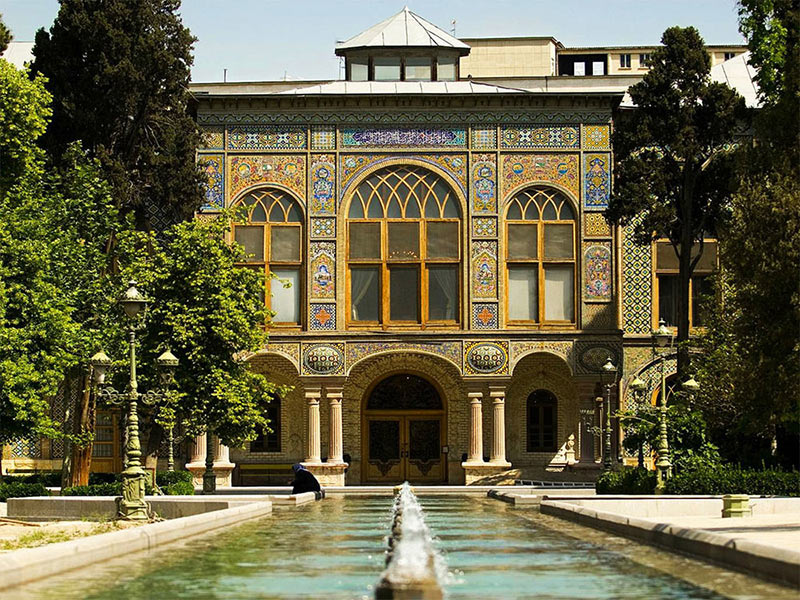
Things to do in Tehran – Golestan Palace is among the most eye-catching Tehran tourist attractions.
One way of going to Golestan Palace is Qurkhane Bus Terminal which is located 10 minutes walk from Golestan Palace. You can try these buses which come from different parts of the city and arrive at this station. But if you want to travel by subway, the closest metro station is Panzdah-e Khordad on the red line. Then you need to walk from the metro to Golestan Palace which will take a couple of minutes
Opening hours: Every day from 9 am – 6 pm
The trade center of Tehran and one of the most economical places in Iran, the Grand Bazaar of Tehran is a unique location known as the economic heart of Iran. You can find almost anything in this place. Tehran Grand Bazaar is a reminiscence of the Qajar dynasty and today has become the heart of economic activities of Iran. The Grand Bazaar of Tehran is situated in District 12 at 15 Khordad Square. The Grand Bazaar is not just a place of commerce but also a cultural and social center that reflects the vibrant spirit of Tehran. Its labyrinthine alleys, covered walkways, and bustling courtyards create a fascinating maze for visitors to explore.
The bazaar is divided into different sections, each specializing in a particular type of goods, making it an organized and efficient trading center. Moreover, the Grand Bazaar of Tehran holds cultural and historical importance since It has witnessed significant events throughout Tehran’s history and served as a meeting place for merchants, locals, and travelers from around the world.
The Grand Bazaar of Tehran is open from Saturday to Wednesday from 8.30 a.m. to 5 p.m. and is open from 8.30 a.m. to 3 p.m. on Thursdays.
Tehran is such a large and crowded city with lots of traffic and life; but when you enter this breathtaking compound, you’re in another world. Niavaran Complex is another famous heritage of Iran’s culture and history; consisting of museums, the royal library, a pavilion and
Finally, the main palace where the king used to live and work there before the revolution of 1979. Niavaran complex architecture is breathtaking; the Ceiling, walls, and windows are all designed and decorated by famous and talented Iranian artists who used stunning mirrors and tile works, and stuccos. Niavaran Palace, Sahebgharanieh Palace, and Ahmad Shahi Pavilion are the three main palaces in the Niavaran Complex.
In the western part of the Sahebghanieh Palace, you will find the Jahan Nama Museum where there are a lot of valuable items that have been gifted to the royal family from all over the world. Shah Executive Car Museum is full of classic vintage cars that belonged to the royal family with photographs of them with their cars, taking us back to the kingdom dynasty by looking at pictures. Royal Library belonged to Farah Pahlavi who also owned collections of artworks such as sculptures, paintings, and even furniture besides 23 thousands of French and Persian books of Art, Literature, and History.
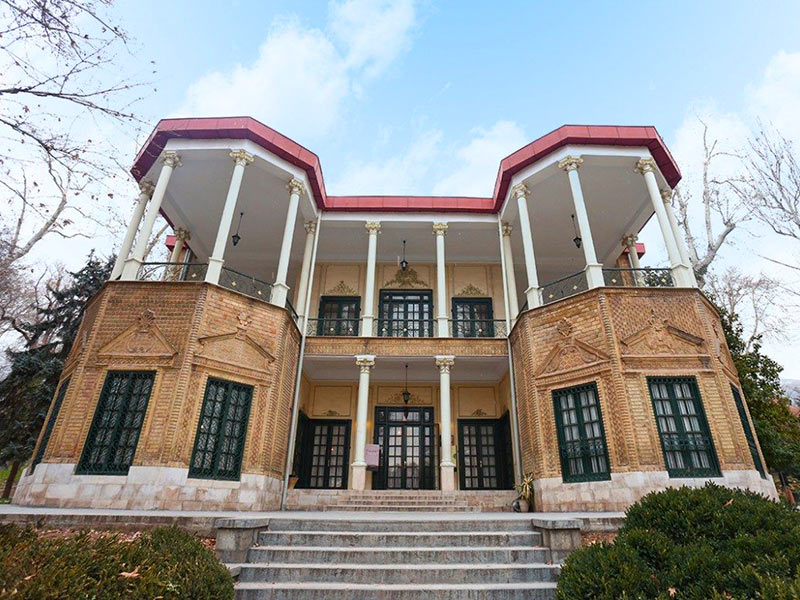
Things to do in Tehran – Niavaran complex architecture is breathtaking with stunning mirrors and tile works and stuccos.
If you choose to go by subway, get to Tajrish Metro Station on the first line of the Tehran subway, and from there take a taxi or bus to go to the complex. Also if you reach Niavaran Square, it will take 5 minutes of walking to get to the complex. Take your time, the surrounding area is worth sightseeing.
Opening hours: Every day from 9 am – 5 pm
Ferdows Garden
Bagh-e Ferdows, also known as Ferdows Garden, is a beautiful location in the heart of Tehran. Situated in the district of Tajrish, at the foot of the Alborz Mountains, Ferdows Garden is a serene oasis amidst the bustling cityscape. The garden was created in the Qajar era, and today is one of the popular places among locals. Ferdows Garden is designed in the traditional Persian garden style, characterized by symmetry, water features, and lush greenery.
As you enter the garden, you are greeted by a grand entrance gate adorned with intricate tilework, reflecting the architectural beauty of the Qajar era. The design of the garden is a visual beauty, making it a popular gathering spot for both locals and tourists. The inviting atmosphere of the Ferdows Garden and a sense of escaping from the hustle and bustle of the city make it an ideal location that you want to visit every day. The Ferdows Garden is a must-see location in the Tajrish district where you can escape from the crowd of the city and enjoy your time in the capital city of Iran, Tehran.
Sa’adabad Complex is a wonderland full of giant and tiny palaces. A green land full of plane trees, taking us all off from the moment to the very beginning of the complex. This stunning complex belonged to the Qajar and Pahlavi dynasties which today is one of the greatest and most important complexes in Iran. There are so many museums from royal clothing and paintings to kitchens and cars. Some of the interesting museums are the white and green palace, the royal car, and the Omidvar Brothers Museum. You can enjoy all different types of art from well-known Iranian artists, or you can visit royal clothing and cars, and military outfits from various periods of time. If you are interested, try to visit all the museums because each of them has its own story to tell and a unique history hidden behind them. There are lots of cafes and restaurants by the river in which you can enjoy your time and be ready for the rest of the trip. You can continue your journey walking through the gardens or take one of the vans on the way.
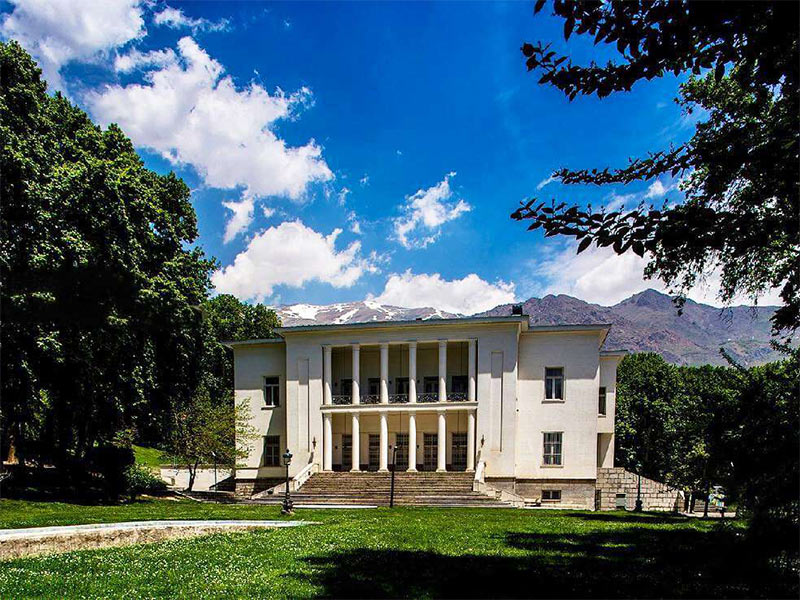
Things to do in Tehran: Sa’adabad Palace
If you’re going by subway, the Tajrish metro station is the northern station of the red metro line. When you arrive you can walk to the palace or take a taxi. If you decide to go with BRT, take line 7 which follows ValiAsr Street and arrives at Tajrish Square. Hope on any stop and go to the north, and then walk to Sa’adabad Complex or take a taxi.
Opening hours: Every day from 9 am – 4 pm
Going to parks and getting some fresh air is one of the lovely activities when you visit a new place. Besides meeting locals, you get the chance to get more familiar with the atmosphere of the environment and relax a little bit in nature. Chitgar Park is a great location for having enjoyable moments throughout nature. Chitgar Park is located in the west of Tehran in District 22. The park includes jogging and biking tracks and green areas with tall trees that designate relaxing and refreshing weather.
Chitgar Park also has a zoo and a garden suitable for family visits. There are also several equestrian clubs that people can visit. For a more thrilling experience, Chitgar Park also includes a Paint-Ball club that can be ideal for young visitors. In addition, if you want to have a nice meal in the fresh atmosphere of the park, restaurants are available in the area. You can reach Chitgar Park by both metro and taxi, and the park is open every day. If you want to access the park via car, Chitgar Park has 5 entrances, and you can choose the less crowded path for more ease.
Iran Mall
One of the biggest projects of Tehran, Iran Mall is a place beyond the ordinary. Situated in District 22 of Tehran, Iran Mall is one of the largest shopping centers and mega malls of Iran, which will take a half-day visit. Iran Mall is a world-class center internationally and is considered one of the biggest projects in the Middle East. You can find anything you desire in Iran Mall. The greatest project of Tehran, Iran Mall, is not only a shopping paradise but also a leisure and entertainment center that includes everything. From movie theatres to sports centers, fitness centers, cafes, restaurants, hotels, and amusement parks, you can find almost anything in this place.
Iran Mall is considered one of the largest malls in the world, with a 1,950,000 square meters total retail floor area. This multi-purpose complex is a complete luxury in terms of design and is a must-visit destination for anyone who is traveling to Tehran. One of the most notable features of Iran Mall is the use of traditional Iranian elements combined with modern-day art, which gives a unique character to the complex. Some of the recommended places to visit at Iran Mall are its Library, Mahan Garden, Mirror Hall, Didar Garden, Car Showroom, Traditional Drink Shop, and Traditional Bazaar. The opening hours of Iran Mall are from 9 a.m. to 9 p.m.
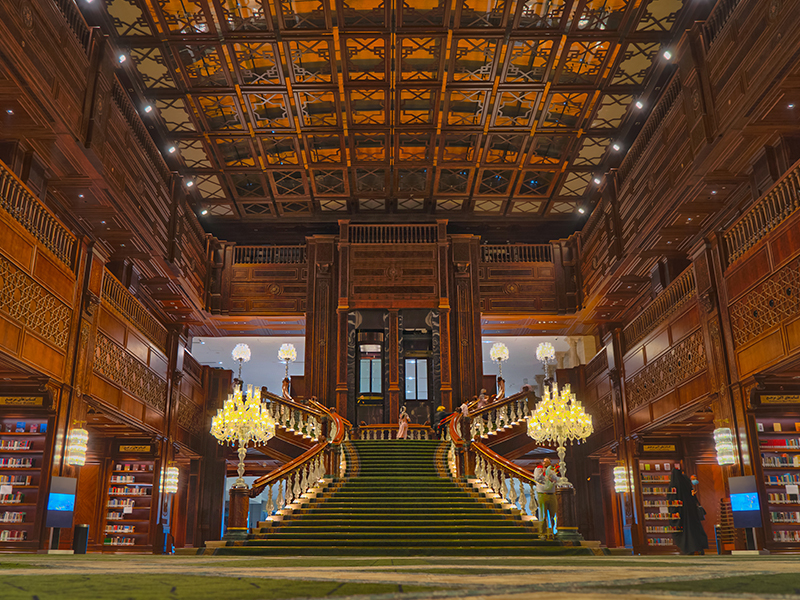
Iran Mall, the largest mall in the world
Tabiat Bridge, situated in the Abbas Abad district in Tehran, is one of the must-see locations providing exceptional views of the city. Tabiat Bridge is the symbol of Tehran and most visitors’ and travelers’ favorite place. Tabiat Bridge is a combination of modernity and beauty, showcasing the unseen beauties of Tehran. The bridge takes its inspiration from other popular attractions such as Si o Se Pol and Khaju Bridge. However, the views, design, and other elements of this bridge are nothing like you’ve ever seen. Tabiat Bridge has three floors, each with a distinctive design. Walking on this bridge is a unique experience that will bring joy to the soul of every person.
When you stand on the bridge, you will see the surrounding trees of the nearby parks and passing cars of the Modares superhighway beneath your feet. Tabiat Bridge also connects two of the most popular parks in Tehran. There are a variety of cafes and restaurants located near the bridge, so visitors and travelers get the most out of their trip. Tabiat Bridge is open every day and is accessible by taxi or metro. However, note that some cafes and restaurants may close after 11 p.m.
Final Words
Tehran is a city of wonders. Gigantic buildings, great monuments, valuable museums, and beautiful mountains are some of the characteristics of this great capital. Tehran’s tourist attractions are treasures hidden inside the crowd of its streets and alleys. Although Tehran is one of the most populated locations in Iran, it is still one of the favorite destinations for a lot of visitors. Tehran includes several hidden gems and popular attractions worth visiting.
Are you planning to travel to Iran? Check out our Iran tours.
